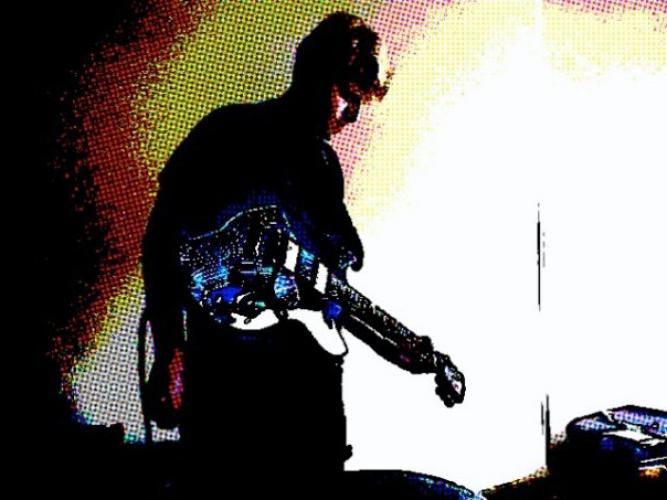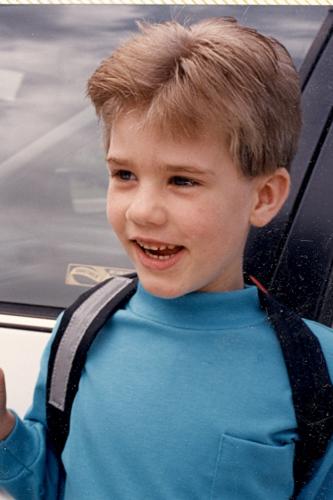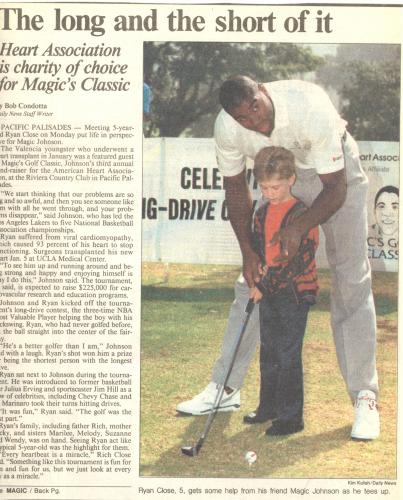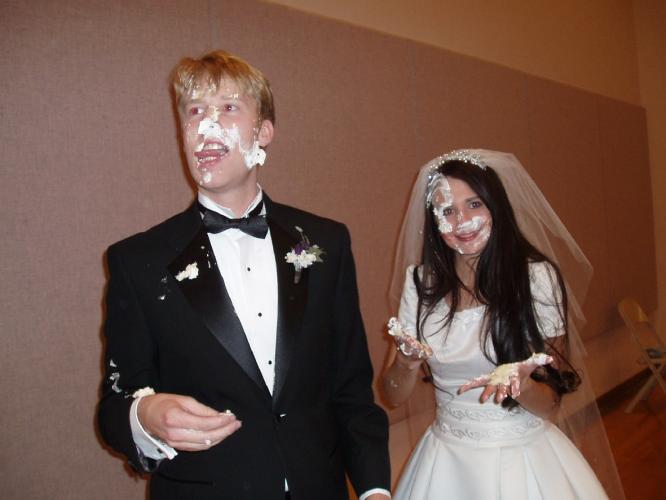
Three Hearts, One Life
The Final Curtain Call
University of Utah is known for its Heart research. Cellcept, a major transplant medication was invented there, as was the Jarvis mechanical heart. So we felt comforted that Ryan was in the best of hands. An angiogram revealed that he had survived a major heart attack. And deep in his left ventrical beyond the hope of placing a stent was a life-threatening blood clot, blocking a major vessel. A biopsy also revealed some minor cellular rejection, which was treatable. Unfortunately, the dye used in the angiogram began a stuggle with kidney failure. He spent a week in the hospital and was grateful when his kidneys started to recover, allowing him to go home.
He improved some each day for a short while. He had high hopes that the clot in his ventrical would dissolve, and that he would recover enough heart function to live normally again. As for me, I could not forget that the last time he had a blockage, at age 12, we were told he needed another transplant, the only cure for graft coronary artery disease.
In mid-April I flew to Utah to be with Ryan and meet his doctors. At his clinic visit I asked about a transplant, but that question would not be entertained. The doctors said they believed his heart had a lot of life left in it. Ryan clearly did not want to discuss a transplant but I asked him if he would agree to a third if it were offered. At that time he told me he did not feel it would be fair. "I've received two transplants," he said. "It's someone else's turn." My own heart felt heavy. But Ryan was determined and believed he would recover. He asked us to celebrate the fact that he was not dead. He had survived. I did my best to hide my fears and join him in celebrating this great miracle.
Ryan and Sara and I had a wonderful evening together on the Thursday night before his doctors started him on Coreg, a medication that they claimed would help delay the progress of his coronary arterty disease. The big problem we soon were to discover is that Coreg lowers blood pressure. In Ryan's case, it played havoc with his weak, damaged heart, already failing to provide adequate blood supply even at normal pressures.
But on this Thursday evening, things were looking up. Ryan wanted to do some walking and chose a nearby mall where we planned to find some jeans for Sara. So he and Sara picked me up and we set out for an evening of mild exercise. He was too fatigued to walk for long, but it was a start. During the drive, Ryan introduced me to a song by Glen Hansard, a haunting little melody that he played several times as we drove. I was well aware that one day too soon that song would haunt me and soothe me with the memories of the night I spent with my son before he died, when together we enjoyed his music, walked the mall, and oh, yes -- enjoyed Thursday tamales at Cafe Rio. When I need a good cry, I play "Falling Slowly."
He started the Coreg before he went to bed. The next morning he texted me that his blood pressure was 78/50. I texted him back to call the transplant coordinator. When my phone rang a short time later and showed his number, it was Sara's voice. "Ryan passed out and I couldn't get him to respond. I called 9-1-1 and he has been taken to the hospital."
Sara picked me up and we rushed to the hospital, not knowing what to expect when we arrived. To our great relief, Ryan was conscious and seemingly fine, except for the bump on his head. As a precaution, they sent him by ambulance back to University of Utah for observation.
He seemed fine that day and the next. We expected to take him home when we returned the next day, Sunday morning. But we found him feeling very poorly. They had started him on a time-release form of Coreg the night before. His blood pressure had dropped and he was trying not to vomit. Within minutes of our arriving, he said, "It dropped," began to heave, and went into full cardiac arrest.
Thus began a long vigil in the ICU. The compressions and intubation used to revive Ryan caused lots of bleeding from his lungs. Meanwhile the Coreg continued to play havoc with his heartbeat. Sara and I spent the night suctioning Ryan's lungs and alternating a fan and a blanket as his eratic heartrate caused him to be hot and cold. It was a hellish night, and we feared we would lose him from pneumonia after all that had been done to save him. He stayed determined, and helped us by coughing up the blood. None of us slept all night. It was exhausting for Sara and me, but far more for Ryan.
The next day a pacemaker was placed.
Ryan's kidneys were continuing to struggle for reasons which no one was able to determine. However, the drugs used to prevent rejection commonly cause kidney failure. Eventually, he was allowed to go home, but the escape from the hospital only lasted a few days. The day Ryan was re-admitted to University of Utah hospital, I called Stanford Medical Center to discuss his case with the only person I could find there who had known him when he was there for his previous transplant. I was told at that time that Coreg was never indicated for post-transplant patients. It seems a fatal mistake had been made that cost him weeks if not months or years of his life.
Ryan was eventually started on dialysis. Then one day after dialysis, he was being helped out of bed by a male nurse when he again suffered another full cardiac arrest. This time, he remained unconscious. There was talk of putting his body on ice to reduce damage and give him a chance to recover. This sounded miserable to me and I encouraged Sara to try to get him to respond to her. Eventually, she was able to get him to squeeze her hand on command, and so the ice plans were abandoned.
The next day was a gift. He was in great spirits. His short term memory was affected by the medication, but he seemed to feel so much better. By this time, he had not held down but a few swallows of soda or Ensure over a number of days, as hard as he tried. We knew that he could not last much longer without a transplant.
He was placed on the list for both a kidney and a heart transplant, but after a few days Ryan let us know he was not comfortable with the decision. He apologized profusely for letting us down. He hated to disappoint us, but did not feel that he should be on the list. There were 4 others of his body size and blood type on the list. "It's somone else's turn" he had said early on, and again the night he asked to be taken off the list.
For his final wish, he asked to be taken outside. The nurses hooked up his wheelchair to a tower of medications that required two people to manage, and with his family, he enjoyed the outside air one last time. It was a beautiful Sunday morning and Ryan loved it. Finally, he was ready to go back inside, at which time the life supporting medications were turned off. The hospital provided a beautiful family room and allowed us to stay with him around the clock. Ryan died the following Thursday, June 4, 2009, with Sara and I holding his hands, and family surrounding. The arrangements had been made for biological donations, which were taken care of later that day. He was able to give all his major bones (replaced with prostheses) skin, corneas, valves, and vessels. The lives of many were extended or improved because of his donations. It's a wonder for us to realize Ryan's DNA is still here doing good for others on this Earth.
Services were held in Springville on June 13, 2009. A storm came through and took out the power just as the video presentation began toward the end of the service. (The video presentation can now be viewed on this site. See Audio/Visual on the menu to the left.) The rain continued through the graveside service, then the sun came out again for the rest of the day. It all seemed rather symbolic.
We love you and miss you more than words can tell, Ryan. God speed, until we meet again.




